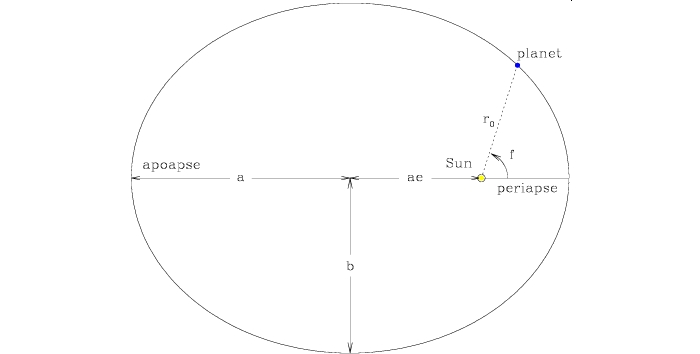24,000 km/s: The record-breaking speed of a star orbiting our galaxy’s black hole!
Key Takeaways
- S4714, the fastest-known star, travels at 8% the speed of light near Sagittarius A*.
- It orbits the Milky Way’s supermassive black hole with an eccentricity of 0.985.
- S4714’s discovery suggests there are even more extreme stars near the galactic center.
- These stars, called “squeezars,” are stretched and heated by tidal forces during their orbits.
- Future telescopes may reveal additional stars with even closer and faster orbits.
_________
Discovering the Fastest Star in the Milky Way
Astronomers have identified the fastest-known star in the Milky Way, named S4714, orbiting the supermassive black hole Sagittarius A* (Sgr A*). S4714 travels at an incredible speed of 24,000 kilometers per second (15,000 miles per second), equivalent to 8% of the speed of light. This record-breaking discovery highlights the extreme environment at the heart of our galaxy.
The findings, led by astrophysicist Florian Peissker from the University of Cologne, also revealed five additional stars, including S4711, which has the shortest orbital period observed around Sgr A*. S4711 completes its orbit in just 7.6 years, while S4714’s highly elongated orbit brings it within 1.9 billion kilometers (1.2 billion miles) of the black hole during its closest approach, or periapse.
Stars on Extreme Orbits

These newly discovered stars, called S stars, are on sharply elliptical orbits influenced by Sgr A*’s immense gravitational pull. S4714’s elongated orbit, with an eccentricity of 0.985, is near the limit of what a stable orbit can achieve. Such stars offer astronomers a unique opportunity to study relativistic effects, as their light stretches and their orbits shift in response to the black hole’s gravity, providing a real-world test for Einstein’s general relativity.
The discoveries also confirm the existence of “squeezars,” a type of star theorized in 2003. These stars are tidally stretched and heated during their close passes to the black hole, emitting more energy than usual and experiencing gradual orbital decay. S4711 is the first confirmed candidate for this phenomenon.
Implications and Future Research
The study opens new doors for understanding the interactions between black holes and stars. Observing these extreme orbits helps astronomers probe the properties of Sgr A* and explore how stars survive—or are destroyed—under such intense gravitational forces.
Future telescopes, like the Extremely Large Telescope, promise even more discoveries of stars with tighter, faster, and more eccentric orbits near Sgr A*. These findings could revolutionize our understanding of black hole dynamics and the role of stars in such environments.
Peissker and his team continue to study the galactic center, anticipating more groundbreaking revelations in the years to come.
The research has been published in The Astrophysical Journal.




